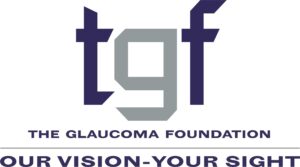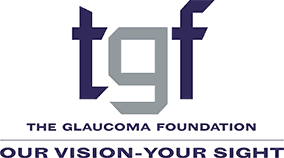
Sleep is supposed to restore the body. But for people with glaucoma, what happens overnight may quietly increase damage to the optic nerve. Research shows that eye pressure, breathing issues, and circadian rhythms all shift during sleep—and those changes can affect disease progression. Yet few care plans discuss what’s happening between bedtime and morning. That missing conversation leaves patients unaware of the role their sleep plays in long-term eye health. And it may be the easiest part of their routine to improve.
Sleep Duration and Pressure Swings
Getting too little or too much sleep can disrupt more than mood or memory. It can also create a dangerous rhythm in your eyes. One study found that your typical sleep duration directly affects intraocular pressure (IOP) and long-term glaucoma risk. Both short sleepers and long sleepers saw greater IOP fluctuations at night. Since eye exams usually happen during the day, these swings often go unnoticed. But over time, they can add up to permanent damage.
Circadian Rhythms and IOP Timing
Even with good sleep hours, a misaligned body clock can cause problems. IOP doesn’t stay flat—it follows a 24-hour rhythm that often peaks in the early morning. If your sleep schedule drifts from this natural curve, those peaks may hit harder. Pressure shifts during sleep can climb even when lying flat. This adds stress to optic nerves already under strain. Helping your circadian rhythm stay steady could keep those spikes from getting worse.
Sleep Apnea and Hidden Risk
Obstructive sleep apnea (OSA) complicates things even more. It causes oxygen drops, blood pressure swings, and stress spikes while you sleep—none of which help your eyes. Patients with apnea may not feel the damage until it’s well underway. Recent studies show that apnea-related IOP disruptions worsen with poor sleep duration or timing. Even mild cases can speed up nerve loss when left untreated. If you snore, wake often, or feel exhausted in the morning, it’s worth testing.
Managing Your Medical Paperwork
Managing glaucoma involves tracking instructions, medications, tests, and timelines. Having printed copies of your care documents can make provider conversations smoother and more accurate. Some patients find it helpful to organize summaries before each visit. Look into tools that support digital-to-paper conversion. This could be helpful and make it easier to stay prepared. Bringing in clear paperwork shows you’re engaged and helps reduce confusion across appointments. Eye care gets easier when you can see it all in front of you.
Melatonin and Rhythm Repair
Melatonin isn’t just for jet lag. This sleep-regulating hormone plays a deeper role in eye health than most people realize. Beyond helping you fall asleep, it may lower IOP and protect retinal cells. One review found that melatonin’s role in rhythm repair could make it a supportive therapy for glaucoma patients. It won’t replace drops or surgery, but in some cases, it may help stabilize nighttime pressures. Ask your provider before adding it to your routine.
When Glaucoma Disrupts Sleep Itself
The connection runs both ways—glaucoma can also interfere with sleep. Damage to the optic nerve may alter how your brain receives light cues, throwing off sleep timing. Patients may find themselves waking too early or feeling tired at odd hours. Research confirms that optic nerve damage disturbs sleep by disrupting circadian signals. These sleep issues then worsen pressure control, creating a loop of stress and damage. Recognizing that loop can lead to better interventions.
Sleeping Position and Pressure Load
The way you sleep—not just how much—also matters. Some sleep positions can raise IOP more than others, especially face-down or side-sleeping with one eye pressed into a pillow. If you’re already vulnerable, this added pressure may increase the risk. One study showed that your body position can consistently impact IOP levels across sleep phases. Back sleeping with slight elevation tends to reduce this load. Small shifts in posture might make a long-term difference.
Sleep is not downtime for your eyes. From pressure spikes and oxygen drops to posture and circadian rhythms, it’s a stretch of hours that shapes glaucoma’s course. Most patients don’t realize this—and most doctors don’t say it. But adding sleep awareness to your care plan can give you another tool for protection.
Discover the latest advancements in glaucoma research and support a brighter future by visiting The Glaucoma Foundation.
Article written by Camille Johnson
Exclusively for

